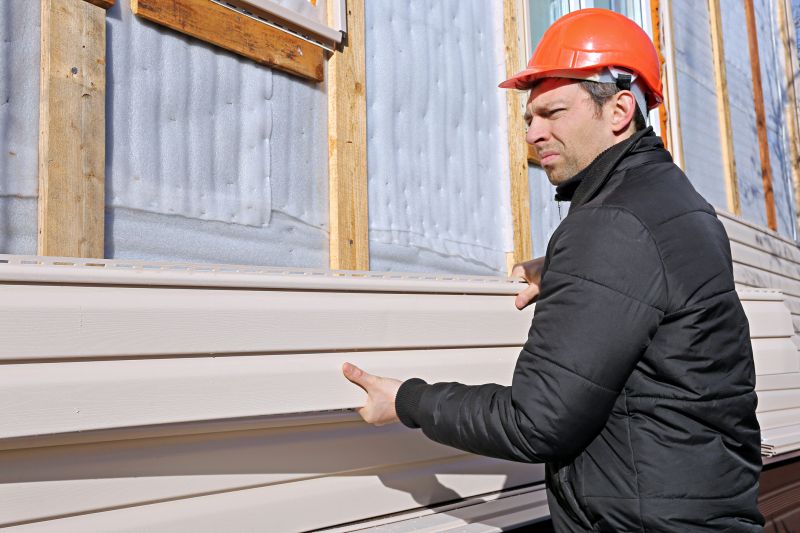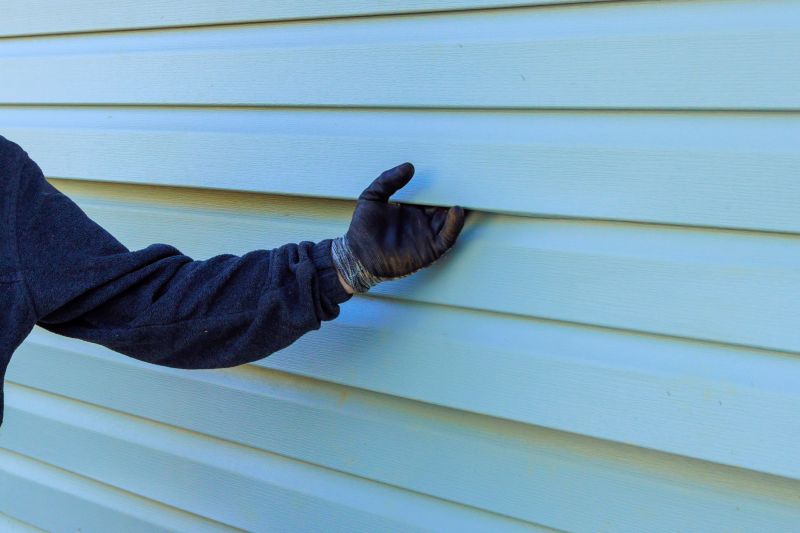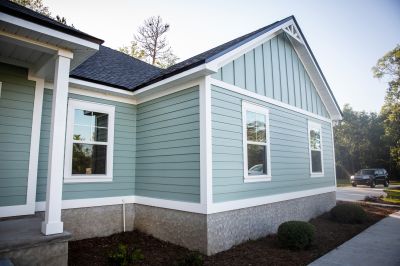Optimal Timing for Siding Service
Timing for siding service depends on climate, weather conditions, and the specific needs of a property. Optimal periods typically include mild weather with low humidity and minimal precipitation. Proper timing ensures effective installation and maintenance, prolonging siding lifespan and enhancing appearance.
Spring offers moderate temperatures and longer daylight hours, making it suitable for siding installation and repairs. Weather is generally stable, reducing delays.
Summer provides warm weather ideal for certain siding projects, but high temperatures and humidity can pose challenges. Early summer is often preferred to avoid heat stress.
Fall's cooler temperatures and dry conditions make it an excellent time for siding work. It allows for completion before winter weather sets in.
Winter poses challenges such as cold temperatures and potential snow or rain, which can hinder siding installation. However, some projects may be scheduled in milder winter days.

Ways to make Siding Service work in tight or awkward layouts.

Popular materials for Siding Service and why they hold up over time.

Simple add-ons that improve Siding Service without blowing the budget.

High-end options that actually feel worth it for Siding Service.
| Season | Ideal Conditions |
|---|---|
| Spring | Moderate temperatures, low humidity, minimal rain |
| Summer | Warm weather, early summer preferred, avoid peak heat |
| Fall | Cool temperatures, dry conditions, before winter |
| Winter | Cold temperatures, potential snow or rain, limited scheduling |
Siding service involves the installation, repair, and maintenance of exterior wall coverings that protect and enhance the appearance of buildings. Proper timing ensures that siding is installed during periods of favorable weather, reducing risks of damage and ensuring durability. Seasonal considerations can influence the quality and longevity of siding work, with spring and fall generally providing the best conditions for most projects.
